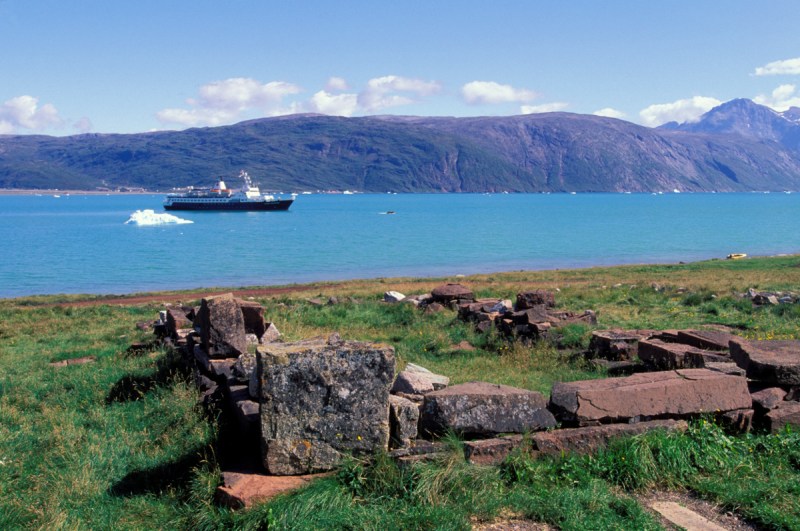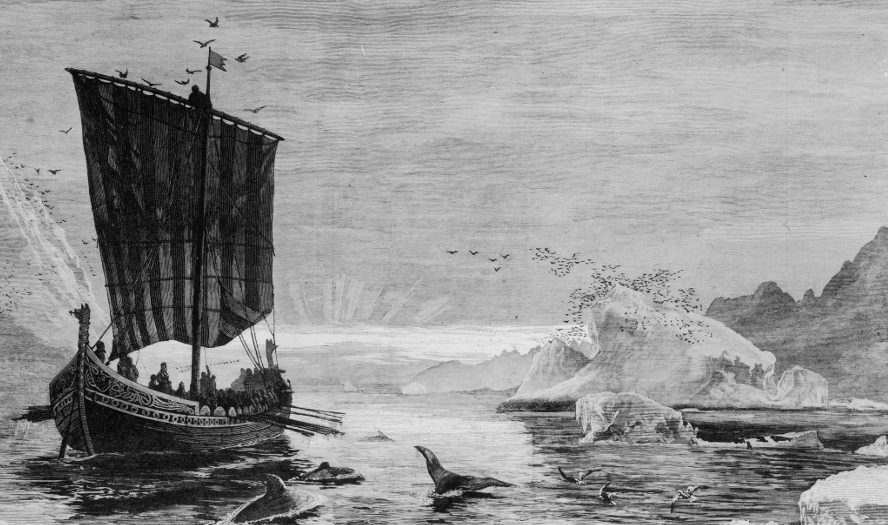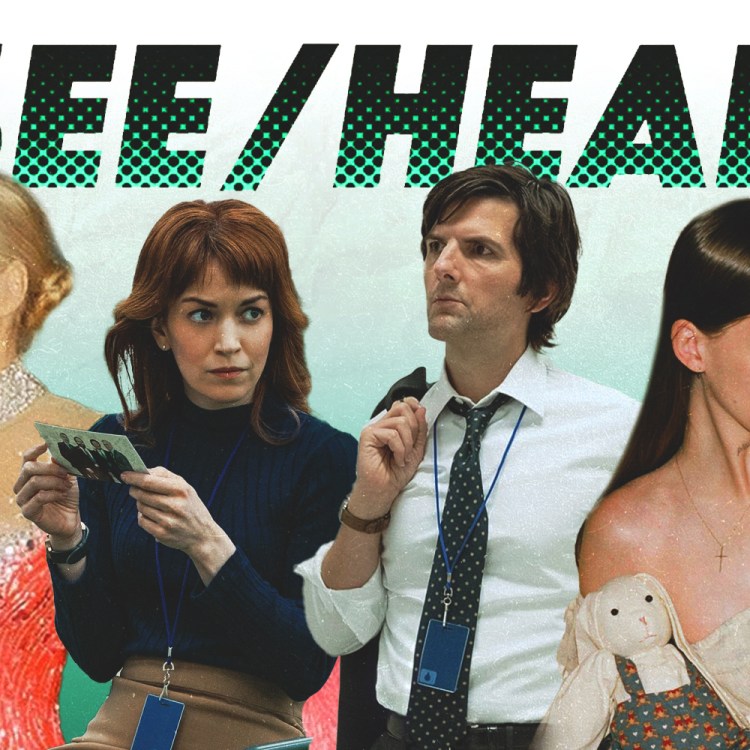
What happened to Greenland’s Norse settlers? This is one of the great unanswered questions in history, and it still puzzles scholars today.
The Norse originally settled in Greenland around 1000 C.E., and occupied the area for 500 years before seemingly disappearing. Explanations for their colony’s ultimate failure include everything from piracy to plague to their own wastefulness and inability to adapt, especially since Greenland’s Inuit population survived.
However, Science magazine reports that discoveries in the North Atlantic have shed new light on the fate of those Norse settlers. The North Atlantic Biocultural Organization (NABO) has been gathering data on the Norse settlement patterns and diet, and the results point to a society built on trade and fishing, as well as farming.

The Norse traded heavily in walrus ivory, and had something of a monopoly on it until the 1400s, when elephant and Russian seal ivory entered the European market and upended their economy.
Adding to that, Greenland’s climate got colder during the Norse colonization, which shortened growing seasons on land and complicated sea voyages for food and trade as ice clogged the Norse waterways. The Norse held on as long as they could, but with the climate and the economy conspiring against them, they had to abandon Greenland in the 16th century.
To quote NABO archaeologist George Hambrecht, the Norse may not have been “a civilization stuck in their ways” as much as a society that “adapted but. . .failed anyway.” Given the projected impact of climate change in our time, those are chilling words indeed.
Read the full piece from Science here.
This article was featured in the InsideHook newsletter. Sign up now.
























